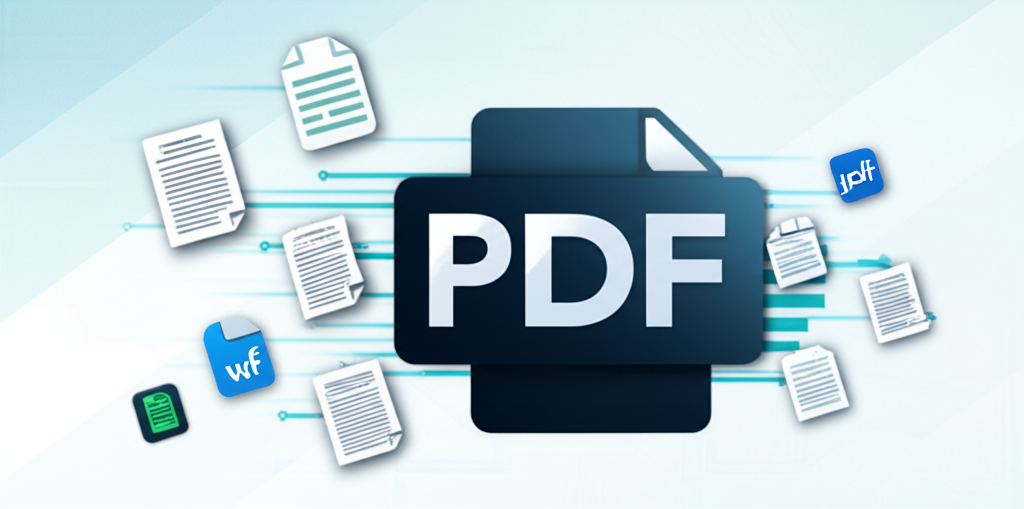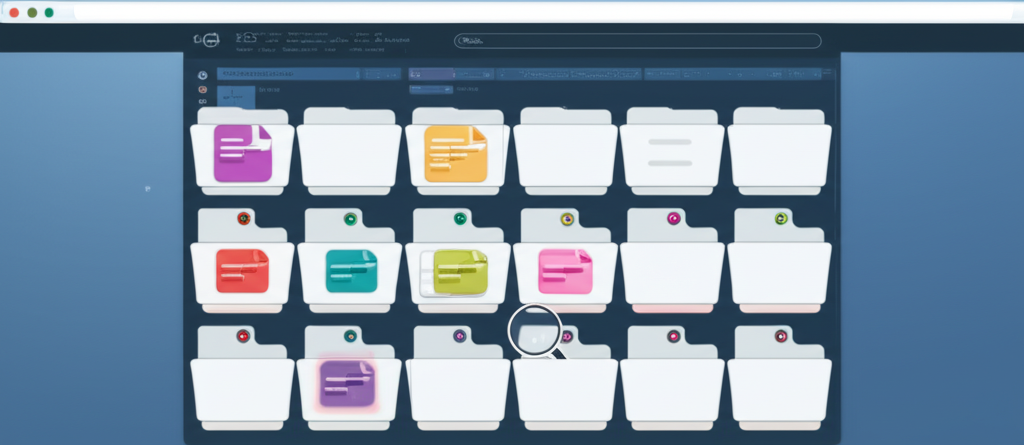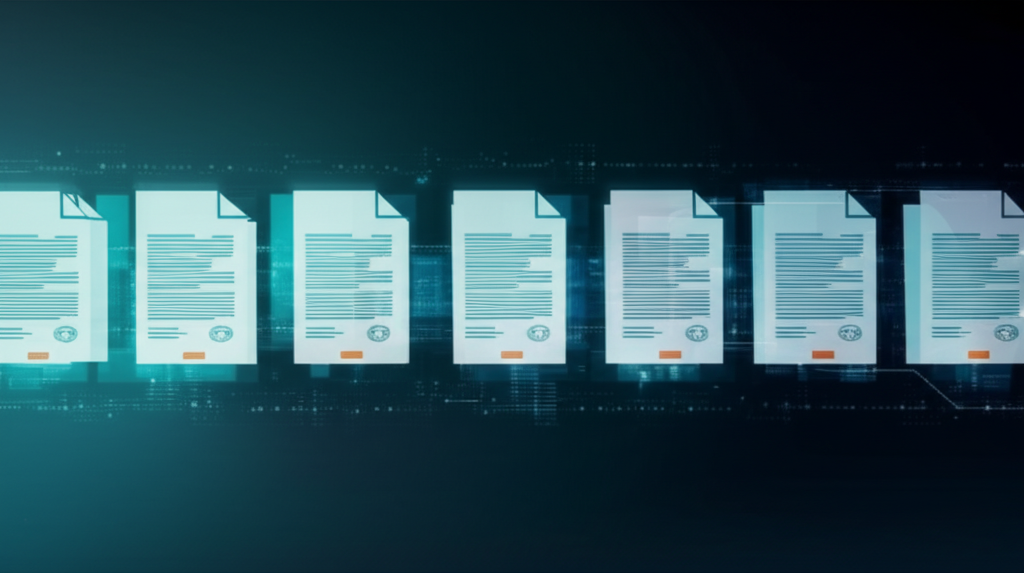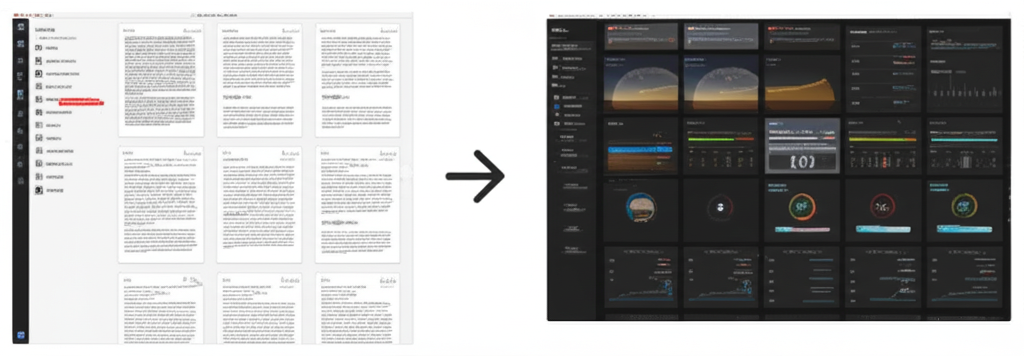How to Convert Webpages to PDF: A Complete Guide
Screen2Pdf Editor
Content Writer

Introduction to Web to PDF Conversion
Converting webpages to PDF format is a common need for many users. Whether you're trying to save an article for offline reading, archive important information, or create a professional document from web content, PDF conversion is an essential tool.
In this comprehensive guide, we'll walk through the entire process of converting webpages to PDF files, covering everything from basic conversion to advanced techniques for handling complex websites.
Why Convert Webpages to PDF?
Before diving into the how, let's briefly discuss why you might want to convert a webpage to PDF:
- Offline Access: PDFs can be saved locally and accessed without an internet connection.
- Preservation: Websites change or disappear over time. PDFs provide a permanent snapshot.
- Consistent Formatting: PDFs maintain their appearance across different devices and platforms.
- Easy Sharing: PDFs are universally compatible and easy to share via email or messaging.
- Printing: PDFs are optimized for printing, ensuring what you see is what you get.
Basic Conversion: Using Our Web to PDF Tool
The simplest way to convert a webpage to PDF is using our dedicated Web to PDF conversion tool:
- Navigate to our homepage
- Enter the URL of the webpage you want to convert
- Click "Convert to PDF"
- Wait for the conversion to complete
- Download your PDF file
This straightforward process works for most standard webpages and requires no technical knowledge or additional software.
Advanced Options for Better Results
While basic conversion works well for simple pages, you might want more control over the output for complex websites. Our tool offers several advanced options:
Page Format Selection
Choose from standard formats like Letter, A4, or Legal to match your needs. This is particularly important if you plan to print the PDF later.
Orientation Options
Select between portrait and landscape orientation. Landscape works better for webpages with wide content, while portrait is ideal for text-heavy pages.
Custom Margins
Adjust the margins to control how content is positioned on the page. Smaller margins maximize content area, while larger margins can improve readability and provide space for notes.
Handling Complex Websites
Some websites present challenges for PDF conversion due to their dynamic content, login requirements, or complex layouts. Here are some tips for handling these situations:
Wait Time Adjustment
For websites with dynamic content that loads after the initial page render, increasing the wait time ensures all elements are captured in the PDF.
Viewport Configuration
Adjusting the viewport size can help capture websites that are optimized for specific screen sizes. This is particularly useful for responsive websites.
Troubleshooting Common Issues
Even with the best tools, you might encounter some challenges when converting webpages to PDF. Here are solutions to common problems:
Missing Content
If content is missing from your PDF, try increasing the wait time to allow all elements to load fully before conversion.
Formatting Problems
If the PDF layout doesn't match the webpage, try adjusting the page format and orientation settings to better accommodate the content structure.
Login-Protected Content
For pages that require login, you may need to use browser extensions or desktop applications that can maintain your session during conversion.
Best Practices for Web to PDF Conversion
To get the best results when converting webpages to PDF, follow these best practices:
- Choose the appropriate page format and orientation for the content
- Adjust margins based on how you plan to use the PDF
- Allow sufficient wait time for all page elements to load
- Consider the viewport size for responsive websites
- Test different settings for complex pages to find the optimal configuration
Conclusion
Converting webpages to PDF doesn't have to be complicated. With the right tools and techniques, you can create high-quality PDF documents from any webpage. Our Web to PDF converter provides both simplicity for basic needs and advanced options for more complex requirements.
Start converting your important web content today and enjoy the benefits of portable, consistent, and accessible PDF documents!
Screen2Pdf Editor
Content Writer & PDF Expert
Screen2Pdf Editor is a content writer specializing in digital document management and PDF technologies. With years of experience in the field, they provide practical insights and tutorials to help users make the most of PDF tools and technologies.
Related Articles

5 Benefits of Using PDF for Web Content Archiving
Discover why PDF is the ideal format for archiving web content and how it can help preserve your important information.

Batch Converting Webpages to PDF: Save Time and Effort
Learn how to convert any webpage to a fully customized PDF using our intuitive front-end tool—no coding or external services required.

How to Optimize PDFs for Better Performance
Discover tips to reduce PDF file size and speed up load times using our front-end website-to-PDF tool.